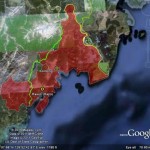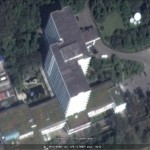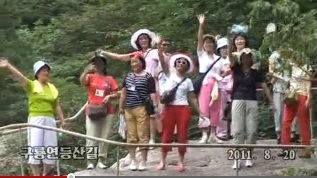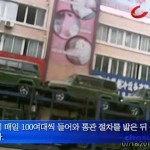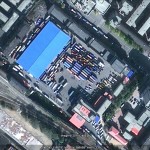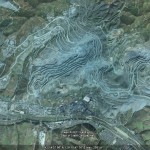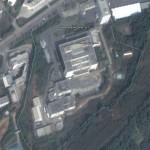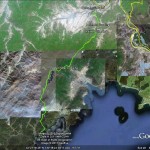38 North
Andray Abrahamian
2011-8-29
A bus bumps and bruises its way along the unpaved road, carrying would-be investors to Rason’s First Rason International Trade Exhibition which ran from August 21-25, 2011, in Sonbong. The windows are open, until a crimson humvee barrels past, its powerful suspension dancing on the road, leaving behind a plume of beige dust. The bus windows snap shut, the still air quickly gets hot and more than one of the passengers wishes we were Chinese high-rollers, being whisked to the Emperor Casino and Hotel, which sits beautifully on Korea’s East Sea, overlooking Bipa Island and flanked by lush green mountains and crystal waters.
The passengers of the humvee-part of the casino’s fleet-will long be checked in and gambling their fortunes away by the time we complete our two and a half hour journey. However, it won’t always be this way. Rason’s 50km road to the border is finally being upgraded. Indeed, the 2.5 hour journey took 3.5 hours in June. Since then, the road has been widened, the first stage of the construction plan, allowing for traffic to flow both directions more easily and smaller passenger vehicles to overtake the more cumbersome truckers who ply the road.
Its construction is an important sign in the development of the Rason Special Economic Zone. Rason, an amalgamation of the names of the area’s two biggest cities, Rajin and Sonbong, could theoretically be a vibrant hub for both logistics and manufacturing. It is located in the far Northeast of the Democratic People’s Republic of Korea, bordering Russia and China. It has abundant, cheap labor and the region’s northernmost ice-free port. It has been a legal entity since the early 1991, but has struggled to reach its potential in the face of ambivalence from Pyongyang and difficult geopolitical circumstances.
Local administrators have bold plans for this experiment in economic opening-up and to develop as the Rason Municipal People’s Committee has imagined, an efficient road link with China’s Northeastern provinces is vital. For about a decade, improvements to the road have been “under discussion” and “coming soon,” but it is now undeniably underway. Work began in May of this year…READ MORE HERE
